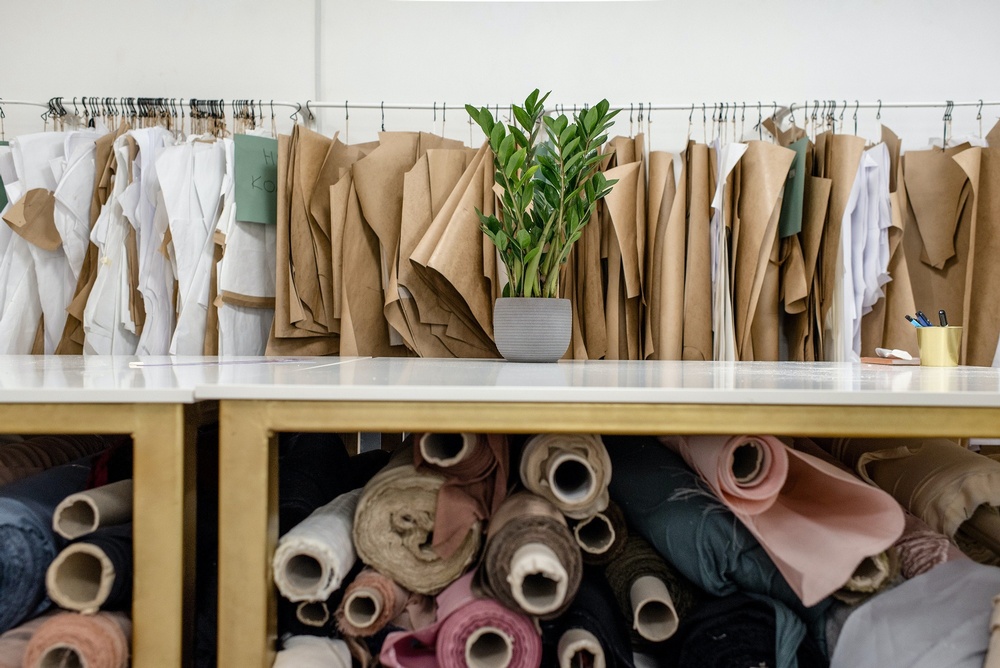The First Step in Launching a Successful Fashion Line

As a designer or a new start-up looking to launch a fashion product, understanding your target client goes far beyond identifying surface-level market segments. Without a clear picture of who your customer is and why they need your product, no matter how great your idea is—it simply may not matter to them. And if your product doesn’t matter, it won’t sell. And if it doesn’t sell, you don’t have a business. Period.
At Colour Alchemist Canada, I meet many aspiring entrepreneurs who want to bring their product idea to market. Often, that idea comes from a personal experience—products that didn’t meet their needs in terms of quality, performance, or fit. That’s a powerful starting point. But having a need doesn’t automatically mean the market has a viable gap. Passion alone doesn't guarantee sustainability—or income.
Let’s be real: just because there's frustration with existing products doesn’t mean large brands haven’t explored those gaps before. Often, they’ve concluded that the market demand isn’t strong enough at scale. Smaller, more agile companies can fill those niche spaces—but not without a solid foundation in client profiling, niche research, and product validation.
If you want to build a product that stands out—and sells—start with one question:
Who is your customer, and why will this matter to them?
Step 1: Understand Basic Market Segments
Begin with foundational demographics and psychographics. Define your client by the following:
Gender: Women's wear, men’s wear, gender neutral?
Age Group: Infant, toddler, children, teens, junior women, mature adults, seniors?
Geography: Do climate or region define your product? Think swimsuits vs. winter coats.
Behavior: How do they shop? Online, in-store, direct-to-consumer?
Lifestyle: Work, fitness, hobbies, parenting, travel—what area are you solving for?
Social Alignment: Do they belong to specific social communities or value systems?
Economics: What’s their income level? Are they luxury, mid-range, or value-focused?
Step 2: Identify What They Truly Need
What must your product deliver to satisfy this customer?
Consider: fit, quality, performance, sustainability, price point, and design details. Define what will make a meaningful difference and outline every detail possible.
Step 3: Research Their Current Buying Habits
Now dig into the brands they currently support—and why. Create a simple comparison chart using three existing products in your category. Identify:
- What’s working
- What’s missing
- What your product can improve
Compare your idea with theirs side-by-side in terms of function, pricing, and features. This is where your competitive edge begins to reveal itself.
Step 4: Talk to Real People—Not Just Your Inner Circle
If you're basing your idea solely on your own need, you’re still in a bubble.
Gather at least 10 people who either match or closely resemble your ideal client. Present the comparisons. Get feedback.
And please—don’t just ask friends and family. If they’re not your customer, their opinions (even if well-meaning) won’t help you. Targeted research gives you the data you need to make sound product decisions.
Step 5: Can Your Product Actually Deliver?
After gathering insights, ask: Can you offer the advantages of existing products while solving the shortcomings? Most people want to compete on price—but small startups rarely win on cost alone. If your goal is to undercut a mass-market brand, it’s unlikely to succeed without serious capital.
Instead, focus on quality, design, and specificity. Filling a niche often means charging more—not less—for meaningful improvements that your customer actually values.
Step 6: Filter, Refine, Move Forward
Now you’re ready. Either you’ve uncovered a viable niche and feel confident moving into development—or you’ve realized the market may not support your idea the way you’d hoped.
Either result is valuable.
If you’re ready to go, use your research to build a detailed client profile and clear product expectations. This helps ensure your prototype aligns with your goals and saves time, money, and miscommunication.
So… What’s Next?
If you have a design background, you may want to DIY some of the process. Many designers outsource the more technical tasks: tech packs, flat sketches, drafting, grading, digitizing, or final production specs.
If you don’t have a design background but want to launch a textile product, I highly recommend working with a product development company like mine, Colour Alchemist Canada. I specialize in helping fashion entrepreneurs—from niche apparel brands to private label creators—move confidently from concept to production-ready.
This article is based on one I originally published in 2018. If you'd like to read the original,Click Here.
At Colour Alchemist Canada, I help creators like you turn ideas into high-quality, purpose-driven fashion products—with the research, guidance, and custom development it takes to succeed in today’s apparel industry.
Looking to design your own clothing line or purposeful apparel product?
Schedule your meet and greet with me: BOOK AN APPOINTMENT